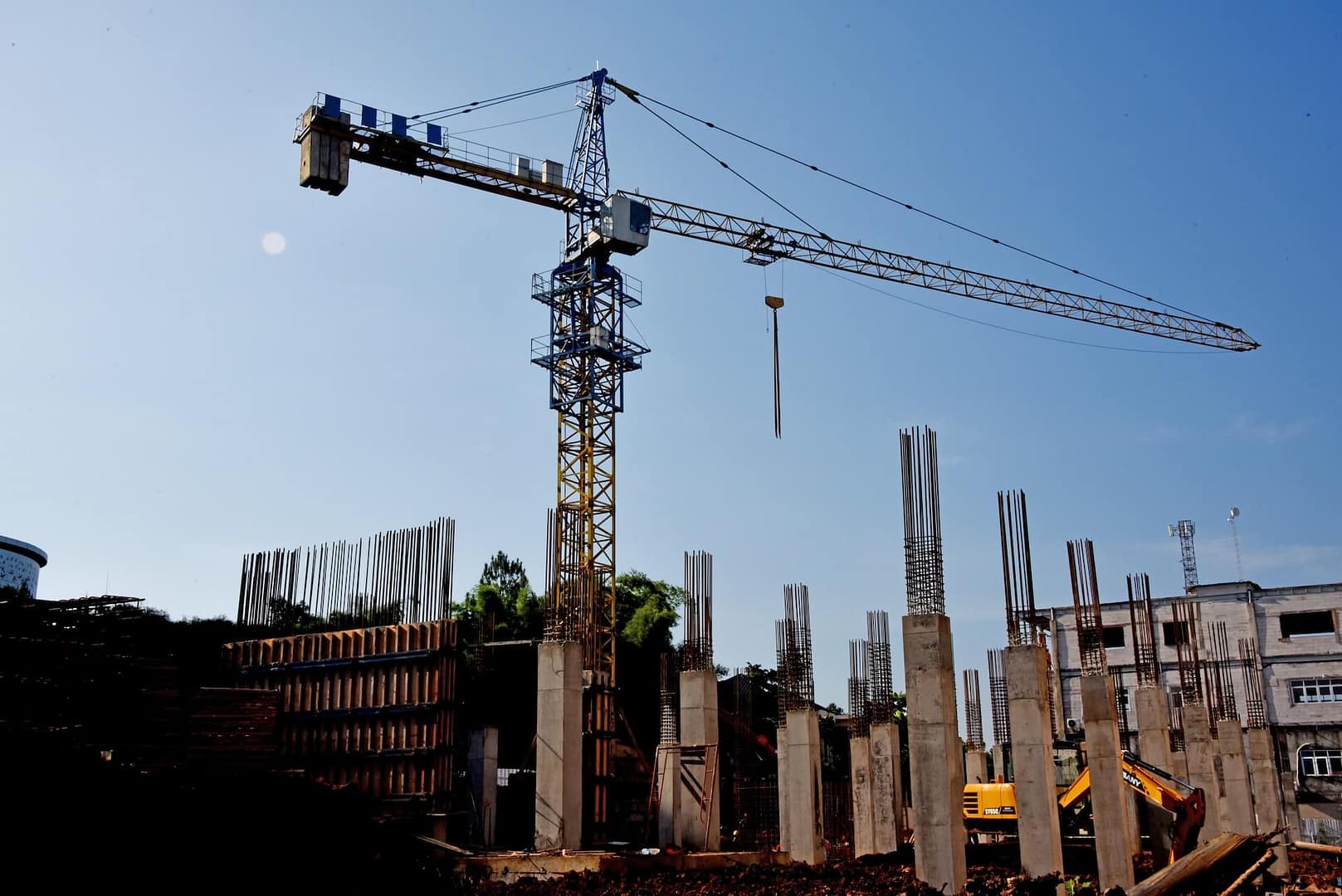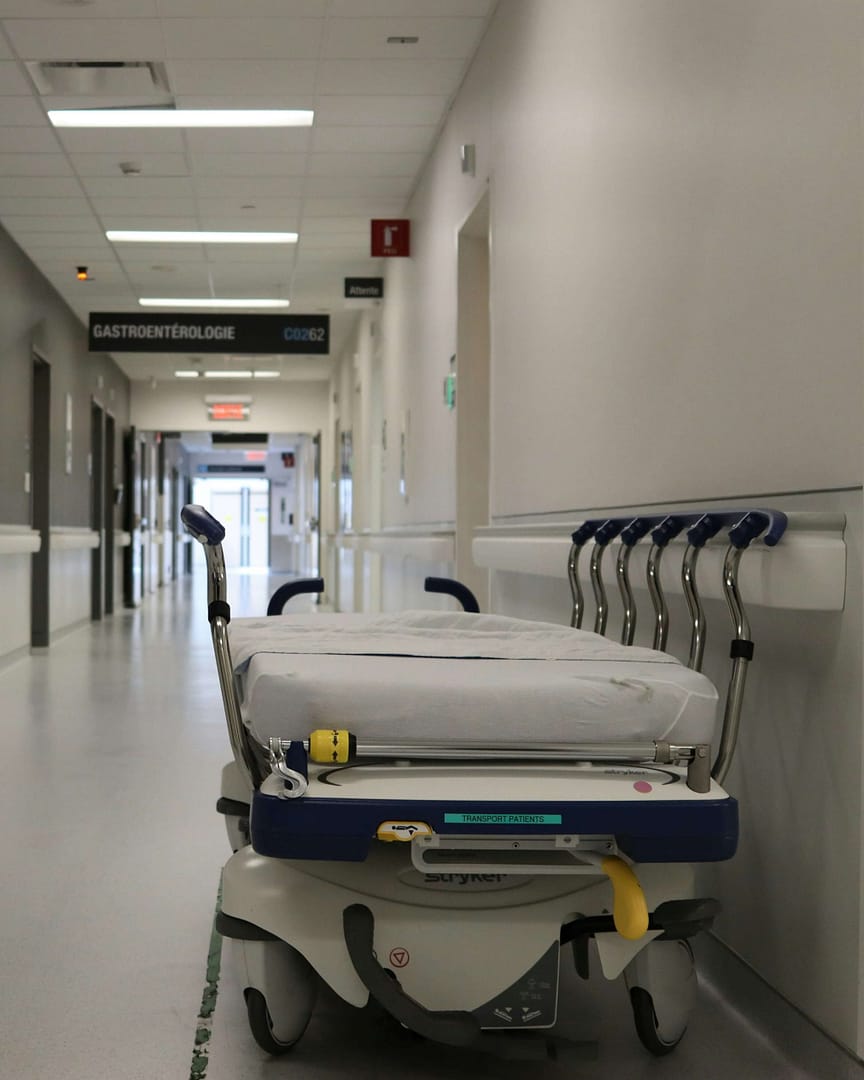In the realm of workplace management and employee welfare, ensuring safety should always take centre stage. This is where the concept of a “comprehensive workplace safety plan” comes into play. It’s not just a piece of paper, but a guiding beacon that ensures the well-being of your employees and the integrity of your business operations. In this article, we’ll delve into the essential steps of creating a workplace safety plan that truly safeguards the interests of everyone involved.
The Foundation: What is a Comprehensive Workplace Safety Plan?
Before we dive into the specifics of creating a comprehensive workplace safety plan, let’s first understand what it is. In a nutshell, it’s a structured document that outlines the policies, procedures, and measures a company or organisation will implement to ensure the safety and health of its employees.
This plan covers a wide range of topics, from identifying potential hazards to setting safety guidelines, conducting safety training, and establishing emergency response procedures. In essence, it’s your blueprint for maintaining a secure working environment.
The Four Pillars of Safety Planning
A comprehensive workplace safety plan can be broken down into four key pillars. These pillars serve as the foundational framework for creating a plan that safeguards your workforce.
Risk Assessment and Hazard Identification
The first step in crafting a workplace safety plan is to identify and assess potential risks and hazards in your workplace. These can be physical, chemical, biological, ergonomic, or psychosocial factors that have the potential to harm your employees.
Consider, for example, a manufacturing facility. It’s crucial to identify machinery that poses risks, harmful chemicals used in the process, and even ergonomically unsound workstations. A comprehensive risk assessment might involve consulting with experts, reviewing incident reports, and surveying your employees.
Safety Policies and Procedures
Once potential risks are identified, the next step is to establish safety policies and procedures. These are the guidelines that everyone in your organisation should follow to mitigate and manage risks effectively.
These policies and procedures need to be clear, concise, and easily accessible. They should address everything from fire safety and first-aid protocols to the safe operation of machinery and equipment. Regular training and updates are vital to ensure that your employees are aware of and follow these guidelines.
Employee Training and Engagement
Creating a comprehensive workplace safety plan isn’t a one-and-done task; it’s an ongoing commitment to ensuring the safety and well-being of your employees. Training and engagement are essential components of this commitment.
Your workforce needs to be educated about the potential risks they might encounter and the policies and procedures in place to mitigate them. This should be an integral part of the onboarding process for new employees and an ongoing effort for all.
Emergency Response Planning
No safety plan is complete without a robust emergency response plan. This part of your safety plan deals with how your organisation will respond to accidents, natural disasters, fires, medical emergencies, or any other unexpected events.
An emergency response plan typically includes evacuation procedures, emergency contact information, and first-aid protocols. Regular drills and rehearsals should be conducted to ensure everyone knows what to do in case of an emergency.
How to Create a Comprehensive Workplace Safety Plan
Now that we’ve explored the four key pillars of a comprehensive workplace safety plan, let’s dive into the steps involved in creating one.
Gather Information
Start by collecting all relevant information about your workplace. This includes the layout, equipment, materials, and processes in use. In this stage, you also need to collect data from your risk assessments, incident reports, and safety regulations.
Identify Potential Risks
Analyse the data you’ve collected to identify potential risks and hazards in your workplace. Consider the nature of the work, the equipment used, and the working conditions. This is where the risk assessment and hazard identification process comes into play.
Develop Safety Policies and Procedures
Based on your risk assessment, develop comprehensive safety policies and procedures. Make sure they are specific, actionable, and relevant to your workplace. Engage relevant stakeholders, including employees, safety experts, and management, in the creation of these policies.
Employee Training
Once you have your safety policies and procedures in place, it’s time to educate your employees. Training should be tailored to the specific risks and procedures in your workplace. Provide resources, conduct workshops, and ensure that everyone understands and can implement the safety guidelines.
Emergency Response Planning
Develop a comprehensive emergency response plan that covers various scenarios. Ensure that all employees are aware of the plan, conduct drills, and periodically review and update it as needed.
Documentation and Communication
Document your safety plan in a clear, accessible format. Share it with all employees and ensure that they have easy access to it. Regularly communicate updates, conduct safety meetings, and encourage employees to report safety concerns.
Ensuring Compliance with UK Regulations
In the United Kingdom, workplace safety is highly regulated, and businesses are legally obligated to ensure the well-being of their employees. Therefore, it’s essential that your comprehensive workplace safety plan is in compliance with UK safety regulations.
Regularly review and update your plan to align with changing regulations. Engage with local authorities or agencies that provide guidance on safety compliance, and stay informed about any updates or changes in the law.
Additionally, it’s crucial to keep records of your safety plan and training efforts to demonstrate compliance with UK regulations. In the event of an inspection or audit, having organised and up-to-date documentation can make a significant difference.
Making an Accident at Work Claim with National Claims
At National Claims, we understand that even with the most comprehensive safety plans in place, accidents can still occur. When that happens, you need a reliable partner to guide you through the process of making a claim. We’re here to support you in your time of need.
If you’ve been injured at work due to someone else’s negligence or unsafe conditions, you may be entitled to compensation. Our dedicated team of experts will work with you to gather the necessary information, assess the situation, and help you navigate the claims process.
To start your accident at work claim with National Claims, simply reach out to us, and we’ll provide you with the guidance and support you need to seek the compensation you deserve.

Conclusion
In the world of workplace safety, a comprehensive safety plan is your roadmap to ensuring the well-being of your employees and the success of your organisation. By following the four key pillars of risk assessment, safety policies, employee training, and emergency response planning, you can create a plan that truly safeguards your workforce.
Remember, creating a comprehensive workplace safety plan is an ongoing process. It requires commitment, regular updates, and a culture of safety within your organisation. Ensuring compliance with UK regulations is not only a legal obligation but also a commitment to the welfare of your employees.
Now, armed with the knowledge of how to create a comprehensive workplace safety plan, it’s time to take action. Safeguard your employees, protect your business, and create a workplace where safety is paramount. Your employees, and your bottom line, will thank you for it. And if the unexpected does occur, remember that National Claims is here to support you in making an accident at work claim. Your safety is our priority.
Contact us today to get a start on your claim and speak to one of our claims specialists.
Click below to see why we are one of the most trusted claims management companies in the UK.

We’re proud of our excellent customer reviews
We thrive on delivering exceptional service and ensuring our clients’ satisfaction. Don’t just take our word for it. Check out some of our independent reviews to see what our clients have to say.
Excellent

This firm is excellent, they sorted out my car pay out and injury claim very fast, they always communicate with you all the time.

My accident case was dealt with confidence and with great result of the outcome, especially James kept me informed all the time.

I was very impressed at the way my inquiry was treated. I was listened to attentively and everything I needed to know was explained to me.






